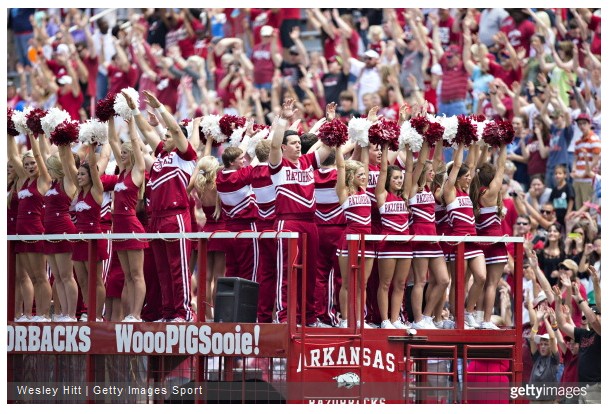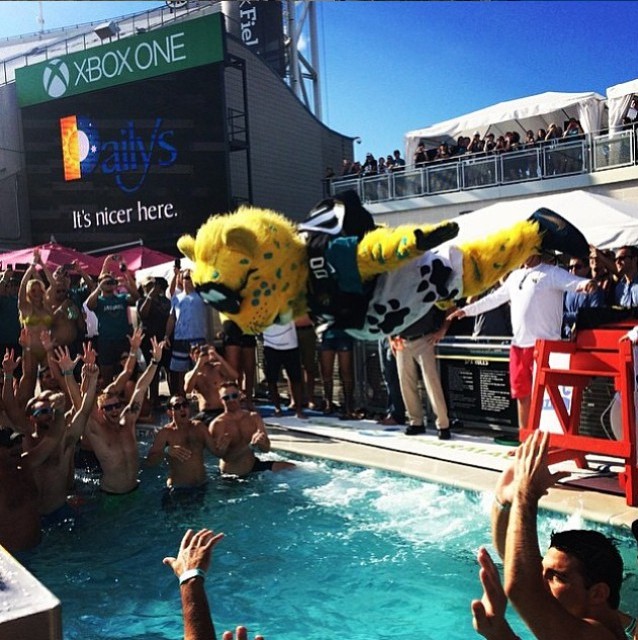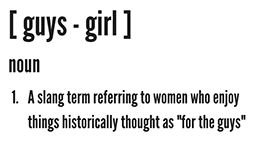We’ve all seen the draft rooms that are bustling with activity on laptops and dry erase boards based off weeks and weeks of research. But it’s how each team ranks and assesses their team currently that determines how they execute their plan when it comes to draft day.
Most draft experts rank the needs of teams, depending on their salary cap restrictions, in the following order.
Quarterback
Since this is the most important position on the field, teams naturally place a premium on quarterbacks. The most important factors teams look for in their quarterbacks are arm strength, passing accuracy, ability to read defenses, pocket presence (ability to perform when being pressured by the defense) and mobility.
A highly-rated quarterback will be taken early in the first round, even first overall, but plenty of great quarterbacks came from lower in the draft. Tom Brady was a sixth-round pick, Dan Marino was taken at the end of the first round, and Joe Montana and Drew Brees were both second-round picks.
Running Back
In past years, it was common to see running backs taken in the top five or first overall, but in recent years the trend has been for running backs to get taken later in the first round or in lower rounds. There are several reasons for this. First, and most obviously, the trend on offense is for teams to pass more, making quarterbacks and receivers more important. Second, running backs tend not to be productive for long periods of time.
Even the best backs frequently tail off long before their counter- parts at other skill positions. Consequently, teams realize that they may be choosing between a wide receiver who will be great for 10 years, as opposed to a running back who will only be great for 3-5 years.
Finally, there is a strong trend in the NFL of teams going away from having one “feature back” who plays the whole game and does everything. Many teams use a two- or three-back rotation, or have “situational” running backs (one for regular plays, one who is a pass catching specialist, one who can block, one for short yardage, etc.).
Left Offensive Tackle
This is the offensive lineman who protects a right-handed quarterback’s blind side, and is therefore the most valuable line- man on the team (a left-handed quarterback has his blind side on the other side by the way).
The Left OT needs to be big and strong (most are 320 lbs. plus) but must also have good footwork, agility and technique in order to pass block. A highly-rated left OT will go in the first five picks and frequently will be the first pick overall if a team needs help at that position badly enough.
Right Offensive Tackle
Unlike his partner on the other side, the right OT can afford to be more of a run blocker (run blocking is usually easier – the offensive lineman pushes forward into the defensive player and tries to push him backward to create room for the ball carrier to run through).
In pass blocking, the offensive lineman must stand up and backpedal out of his stance and try to keep the defender from get- ting past him). While top right tackles will go in the first round, they usually are not selected in the top 10.
Offensive Guard
Guards are “interior” linemen and are typically very strong but less mobile than the tackles. Top guards can sometimes be taken in the first round, but teams usually look to address this position later in the draft.
Center
Although the center is an important position on the line, cen- ters almost never get taken in the first round. The center is usually not as big as guards or tackles.
Wide Receiver
Although unusual, wide receivers can sometimes be taken with the first overall pick. Highly-touted receivers will frequently get taken in the top 15, depending on how many good receivers are available that year. Teams look for size, speed, route running ability and hands when assessing a wide receiver’s value.
Tight End
Tight ends are usually not taken until late in the first round or in the later rounds, but if a tight end is blessed with exceptionally good speed, they can go in the top 10. Tight ends are responsible both for blocking at the line and catching passes.
A good mix of size, speed, blocking ability and hands can make a tight end valuable enough for a team to use a high draft pick on him.
Defensive End
At one time, the defensive end position was hands down the most valued position on defense. That is not necessarily the case any longer, although a great DE prospect will still go in the top five picks (Houston’s Mario Williams was the No. 1 overall pick just a few years ago).
With many teams now using the 3-4 defense, the defensive end position is changing in terms of what kind of player can play there.
In a 4-3, there are four men at the line of scrimmage, known as “down linemen” and the defensive ends are the primary players who rush the quarterback.
In the 3-4 defense, there are only three down linemen, and the ends are likely to be bigger and slower while the outside linebackers are the players who pressure the quarterback.
Consequently, the type of defense a team runs may determine whether they will rate a player highly or not. Defensive ends are evaluated on speed, agility, quickness off the snap of the ball and strength. The best prospects combine good speed with decent size, making them hard to block.
Defensive Tackle
Increasingly valuable to NFL teams, defensive tackles are the huge players who play in the middle of the defensive line. They can go anywhere in the first round, including first overall. Good tackles must, first and foremost, be able to hold their position at the line on running plays to force the ball-carrier to break plays to the outside.
Elite defensive tackles combine that strength with the speed and skill to also pressure the quarterback on passing plays. In a 3-4 defense, there is only one DT, known as the nose tackle. If
a player is referred to as a “true nose tackle” it means he is best suited to play DT in the 3-4 defense.
These players are frequently VERY large, sometimes in excess of 350 lbs. Conversely, some DT prospects who are a bit smaller and more agile will play defensive end in the 3-4 defense.
Linebacker
In the 1980s, when Lawrence Taylor was the best defensive player on the planet, everyone wanted a dominating outside linebacker to wreak havoc on the opposing defense. However,
in recent years, the middle linebacker position has made up a lot of ground and these players can be valued just as highly (about 20-25 years ago, it was very rare for a middle linebacker to be taken high in the first round or in the first round at all).
In the current NFL, great linebackers will still usually be top
10 picks, although usually not one of the first two or three players taken. The difference between the 3-4 and 4-3 defenses frequently eliminates certain players, even good ones, from consideration for certain teams.
Safety
Historically, the safety position has been drastically under- rated. It has been difficult for even great safeties to get into
the Pro Football Hall of Fame, for example. With some safeties emerging as some of the best defensive players in the league, the position is no longer the redheaded stepchild of an NFL defense.
Great safety prospects can go top 10, although usually not top five. Safeties may be “ball hawks” or “play makers,” referring to their ability to cover receivers in the passing game and make interceptions, or they may be “run stoppers” or “hitters,” meaning they are adept at providing support against the opponent’s running game, but struggle in pass coverage.
The best safeties have good coverage skills, but have the size and strength to tackle running backs.
The VERY best safeties will frequently be team leaders on defense, able to read and react quickly to the opposing team’s play and always be near the ball.
Cornerback
With the increased emphasis on passing, it is no surprise that cornerback is a highly valued position in the NFL. While cornerbacks will almost never go first overall, the best ones will frequently go top five or top 10, and several top CB prospects will get taken in the first round every year.
The best cornerback prospects will have great speed and decent size (5’11” or taller) to enable them to cover opposing receivers.
Punter and Placekicker
These positions are usually not drafted at all, and rarely get looked at before the fifth round or lower. There are exceptions, however, and teams sometimes will use a first-round pick to get a great kicker.






